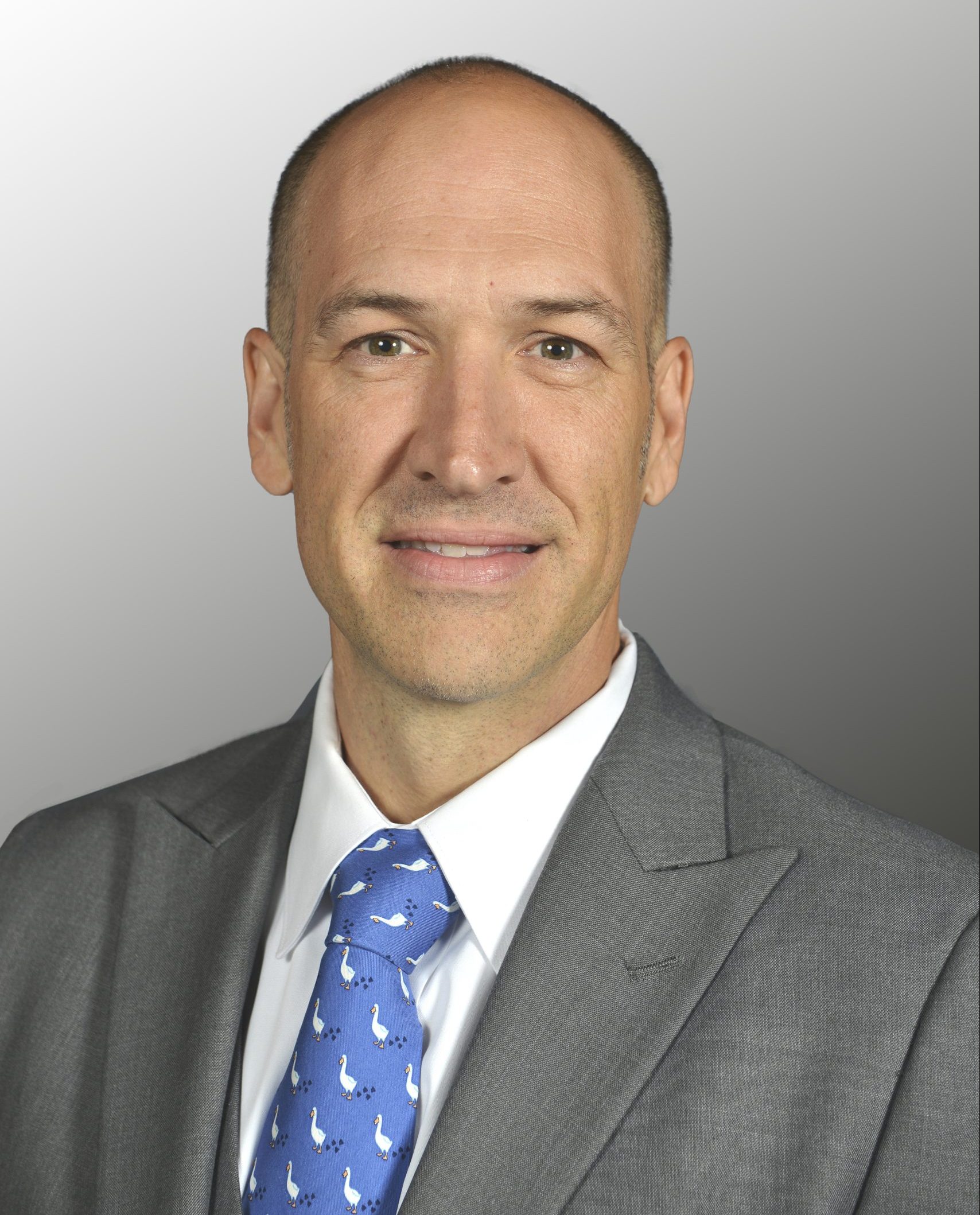No matter how you get your news these days, you’re likely seeing and hearing these words: inflation, recession and economic downturn. Costs are rising, and consumers are feeling the weight of it at every turn in life — at the gas pump, grocery store, and with their health care options and work choices. Many are still feeling the lingering effects of the global pandemic, further complicating
various facets of work and life. When it comes to moving from financial instability to solid ground, there are many considerations for leaders as to how to help their people find that stability they crave. But first, we must start by evaluating how we got here.
Mental health is foundational to financial stability
When people feel financial uncertainty, their mental health and well-being take a direct hit, both at home and work. According to my organization’s recent Aflac WorkForces Report, younger generations are particularly vulnerable with elevated anxiety over unanticipated medical costs not covered by health insurance. Nearly half of those surveyed indicated rising costs, inflation fears and less cash on hand have driven them to choose between paying medical expenses and other bills. An overwhelming majority said they couldn’t go more than a month without a paycheck or pay a $1,000 out-of-pocket expense if faced with a medical mishap. The data is increasingly showing that the very care that is critical to mental health and well-being may be difficult to obtain, especially for vulnerable populations.
Disruption catapults empowerment
These vulnerable populations also are experiencing stressful work and personal situations due to economic factors outside of their control. For example, millennials and Gen Z who
completed high school, college or graduate school about 10 to 15 years ago entered the workforce during or in the immediate aftermath of the worst recession since the Great Depression, but
things seemed to be on the mend. According to Pew Research Center Gen Z was in line to inherit a strong economy with record-low unemployment before the COVID-19 pandemic disrupted and reshaped the world’s social, political and economic landscape.
Despite facing a headwind, the younger generations are more empowered than ever. They’re looking for ways to help protect themselves financially, mentally and physically — and they’re turning to their employers. They have their sights set on gaining access to financial education and benefits packages that offer comprehensive care, including mental health coverage and learning opportunities for financial wellness. Thus, employers should heed the call to provide opportunities for growth, wellbeing and holistic health care.
The journey to financial wellness
As employers explore new ways to meet the financial wellness needs of their employees, one key component remains the same: financial stability correlates with job performance. How employees feel is how they show up at work. It’s important for employees to be heard, seen and supported in their work. Leaders need to start by understanding that most of their employees are feeling financially stretched right now, regardless of what they are currently earning. Since there’s a direct correlation between financial anxiety and job performance, it’s important that employers provide educational resources to help employees on their journeys to financial wellness — through financial planning resources, telehealth and supplemental insurance or other workplace benefits.
These resources, many of which cover mental health and unexpected accidents, illnesses or injuries, help employers extend the peace of mind their employees are looking for on their journey to overall health and well-being, including financial stability and wellness.
Matthew Owenby is chief human resources officer and corporate services executive at Aflac. He is a frequent speaker at industry events and conferences and has been featured in more than 100 articles for domestic and global media agencies.
Contact: aflac.com

